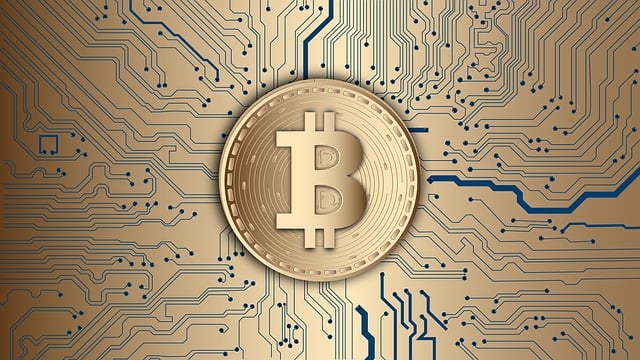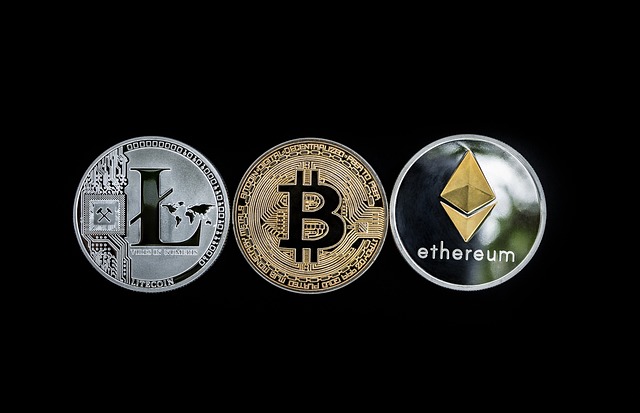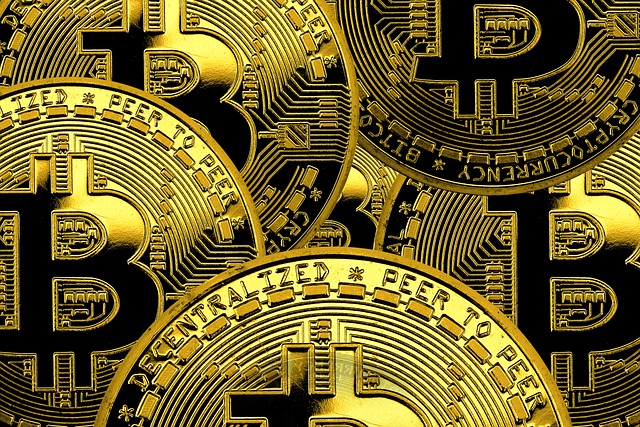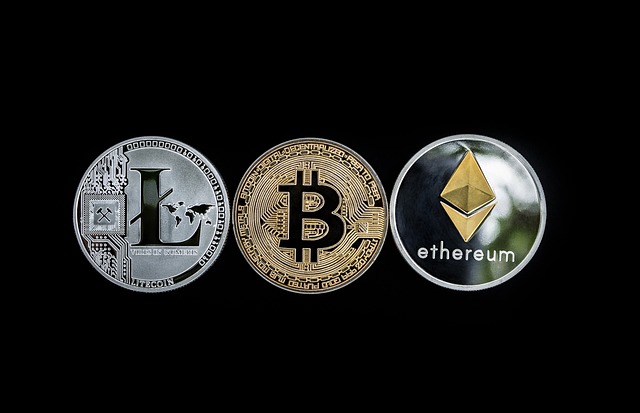DeFi lending protocols offer peer-to-peer borrowing and lending with potential high returns but significant risks, including smart contract vulnerabilities leading to hacking, market volatility impacting collateral values, and lack of centralized regulation. Users must carefully weigh rewards against these hazards due to complex decentralized governance structures and limited recourse in case of disputes.
- DeFi Lending Protocols: An Overview
- – Explanation of decentralized finance (DeFi) and its lending protocols
- – How DeFi lending protocols facilitate peer-to-peer borrowing and lending without intermediaries
- The Risks Associated with DeFi Lending Protocols
DeFi Lending Protocols: An Overview

DeFi lending protocols have gained significant attention in the cryptocurrency space for their potential to democratize finance and offer high-yield investment opportunities. These protocols operate on blockchain platforms, allowing users to borrow and lend cryptocurrencies directly from one another without the need for intermediaries like traditional banks. By leveraging smart contracts, DeFi lending platforms enable secure and transparent transactions. However, alongside these advantages, DeFi lending protocols also come with substantial risks. The decentralized nature of these systems can make them vulnerable to hacks and exploits, as demonstrated by several high-profile incidents in recent years. Additionally, regulatory uncertainty persists, leaving investors exposed to sudden changes in legal frameworks that could impact the value and accessibility of their assets. Users must therefore carefully consider both the potential rewards and the inherent risks before engaging with DeFi lending protocols.
– Explanation of decentralized finance (DeFi) and its lending protocols

Decentralized finance (DeFi) refers to a revolutionary financial system built on blockchain technology, aiming to recreate traditional financial instruments in a transparent and decentralized manner. At the heart of this movement are DeFi lending protocols, which facilitate peer-to-peer borrowing and lending without the need for intermediaries like banks. These protocols enable users to earn interest by providing liquidity to others’ loans or borrow funds against their digital assets as collateral.
While DeFi offers unprecedented accessibility and potential for high returns, it also comes with significant risks. The decentralized nature of these systems means there’s no central authority to regulate or insure user funds. This has led to instances of hackings, smart contract vulnerabilities, and market volatility that can result in substantial financial losses. Understanding the intricacies of different DeFi lending protocols and their associated risks is paramount for anyone looking to participate in this evolving financial landscape.
– How DeFi lending protocols facilitate peer-to-peer borrowing and lending without intermediaries

DeFi lending protocols have transformed peer-to-peer borrowing and lending by eliminating the need for traditional intermediaries. These protocols operate on blockchain technology, allowing users to lend and borrow cryptocurrencies directly from one another with complete transparency and security. By leveraging smart contracts, DeFi platforms automate the lending process, ensuring that terms are executed accurately and without counterparty risk.
While DeFi lending offers significant advantages such as enhanced accessibility and lower fees, it also comes with inherent risks. The decentralized nature of these protocols means that users must carefully manage their private keys and ensure the security of their funds. Additionally, market volatility can lead to substantial price fluctuations, impacting both the value of collateral and outstanding loans. Understanding these risks is crucial for anyone participating in DeFi lending protocols.
The Risks Associated with DeFi Lending Protocols

DeFi lending protocols have revolutionized the way people access and utilize their cryptocurrency assets. However, along with the potential for significant rewards, these platforms also come with substantial risks that users must be aware of. One of the primary concerns is the risk of smart contract vulnerabilities, which could lead to hacking or manipulation, resulting in financial losses for investors. Additionally, DeFi lending protocols often involve complex decentralized governance structures, making it challenging for users to fully comprehend the implications of their decisions.
Another critical risk associated with DeFi lending protocols is market volatility. Cryptocurrency markets are known for their extreme price fluctuations, and these can significantly impact the value of collateral and loans. Users may find themselves in a position where they are unable to repay their loans due to sudden market crashes or unexpected changes in asset values. Moreover, unlike traditional financial institutions, DeFi platforms operate without centralized oversight, leaving little recourse for users in case of disputes or unfair practices.
